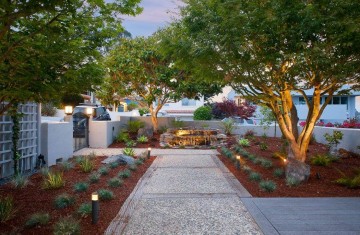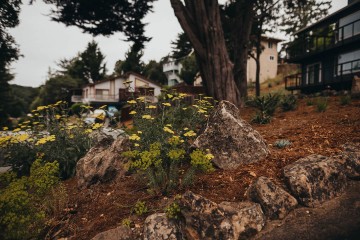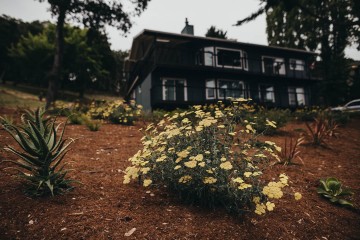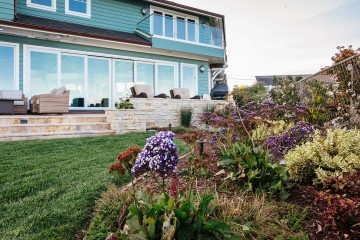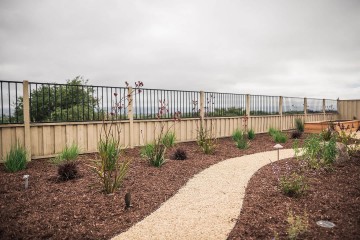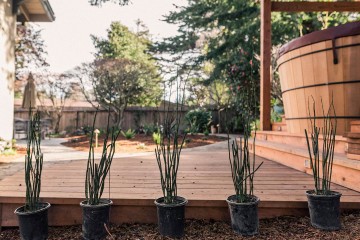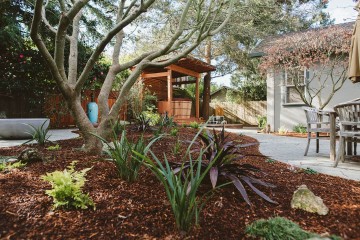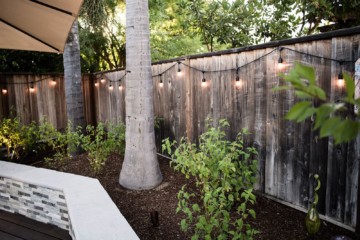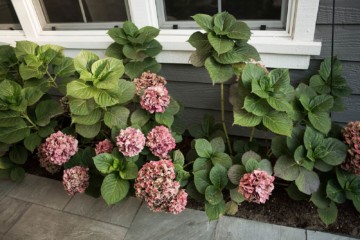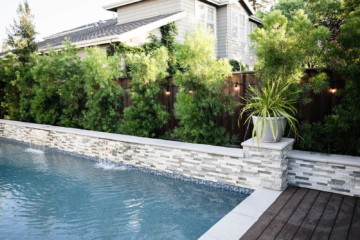Planting for landscapes
One way to dramatically improve landscaping almost instantaneously is with the right planting. Plants, shrubs and trees are a cost-effective way to improve both your front and back yards.
Planting a variety of items that provide an interesting look or color adds to your curb appeal, which can also raise the value or marketability of your property. There are some general guidelines to consider when looking at your planting design including:
- Weather
- Maintenance
- Year-round beauty
- Area native plants
- Cost
Weather
You must consider the weather in order to choose the right plants. That includes both extreme hot and cold temperatures, along with the amount of rainfall and sunshine. Planting items in spite of area weather will not bode well for your overall landscape design. This is especially true in either dessert areas or areas that experience heavy rainfall.
Maintenance
Some people love to work in their yards and don’t mind plants requiring heavy maintenance. Those people do well with roses, some tropical plants, and climbing vines that require ongoing pruning, fertilizing and extra care.
Others rather have a gorgeous yard without all the work. They would do well with plants that include a variety of grasses like variegated ribbon grass, Elijah blue fescue, and avalanche feather reed grass. You can still have flowers and maintain a yard that requires little care. Flowering plants that work well in low-maintenance yards are barberry bushes, Velvet Cloak tree, Firewitch Dianthus, and certain peonies.
Year-Round Beauty
Homeowners want their yards to look lovely throughout the year. There are ways to achieve that goal, even in the fall and winter months. Not all flowers and shrubs bloom in the spring. There are flowering plants, such as winter azaleas, that bloom even in the darker months. There are plants that specifically bloom or turn color during the summer and fall. Crepe myrtles bloom in mid-summer and hydrangeas tend to bloom into late summer. Nandina bushes and Firebush shrubs turn red in the fall, adding bright beauty to your lawn. Also investigate what colors tree leaves turn in the fall in order to plant different tree varieties to get the most beauty throughout autumn.
Area Native Plants
One sure way to enhance your yard’s beauty is to use plants that already grow in the area. Native plants will not need to adapt to climate and will, most likely, easily thrive. They can also be used to add character to your property and enhance the area’s culture and diversity.
Some overlooked items for planting are succulents and cacti. Both have interesting form, can bloom, come in varying heights, require little maintenance and are pretty inexpensive to install.
Cost
Cost is a factor in which plants you choose for your landscape. The price you spend per plant largely depends on the space you are attempting to redesign with landscaping. The larger the space, the less you have to spend per plant. However, you can reduce costs by dividing your overall purchase into the four seasons of planting. Some trees will do better if planted during the fall growth season. Bulbs and other plants are supposed to be planted in early winter while some annuals and perennials must be planted in the spring. Summer is best for things like wildflowers, daisies and hydrangeas.
Your choices can go in many directions. The direction you choose depends on your budget, your personal style and the weather where you live. Research and planning will result in a gorgeous yard you and your family will love to be in.

